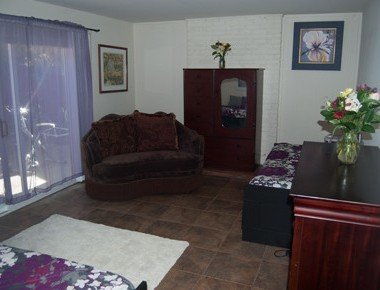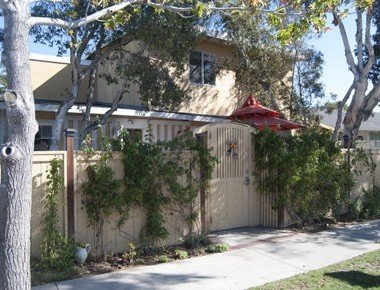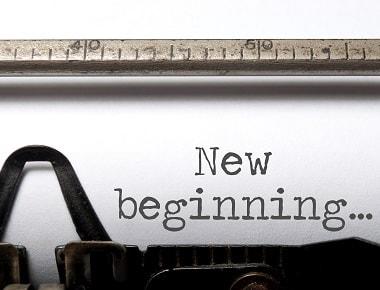Codeine Addiction Treatment
| HELPFUL ARTICLES |
| Signs of Codeine Addiction |
| Codeine Addiction Treatment |
High-strength painkillers are commonly used in medicine to treat individuals who are recovering from surgery or who were admitted with painful conditions. One of these medications is codeine, an opiate drug commonly used to treat pain, diarrhea, and even coughing (in certain prescription cough syrups). Unfortunately, when introduced to large amounts of codeine over a significant period of time, a person can develop a serious chemical dependency.
Codeine addiction affects all types of people from all walks of life. Some may be introduced to illegally obtained codeine as a recreational drug or a DIY pain treatment, while others may begin over-using prescribed codeine while recovering from a surgery or serious injury. Whatever the case, this opioid addiction can lead to serious physical, mental, and emotional repercussions. Over time, a tolerance to codeine and related painkillers can even mean the return of the pain originally being treated.
Codeine Addiction Treatment Options and Techniques

Every patient has a different situation and unique needs. To provide care for the widest possible variety of individuals, rehabs offer three types of codeine addiction treatment programs: inpatient, outpatient, and intensive outpatient (IOP). Below, we take a look at how each kind of rehab program works.
Inpatient Treatment
Inpatient treatment, also known as residential treatment, is the most intensive level of addiction treatment. This type of program requires clients to live on-site at the facility, physically removing them from triggers and temptations and providing 24/7 supervision to keep clients safe and prevent substance use. At Yellowstone Recovery, our inpatient clients are required to undergo an initial 90-day blackout period, during which they are not allowed to leave the premises or contact anyone outside the facility.
Because it is the most common choice for those dealing with a current dependency, inpatient treatment is usually preceded by medically supervised detox. Depending upon the treatment center, this may occur on-site or at a nearby medical facility. After detox, clients can begin working with counselors and peers in therapy sessions and/or 12-step program meetings.
Outpatient Treatment
Regardless of how thorough the inpatient treatment is, some clients feel that they are not yet ready to return to “normal” life after graduating from the program. For these individuals, rehab centers offer outpatient treatment as additional support.
Unlike inpatient treatment, clients in this type of program are allowed to live at home with family or in a sober living facility. They’re also free to schedule their own sessions, so long as they meet weekly attendance requirements. Because outpatient clients have already shown an ability to manage their own sobriety during inpatient treatment, this type of program offers the most freedom with regard to scheduling and compliance.
Some drug rehab centers offer another type of outpatient treatment known as intensive outpatient (IOP). Intensive outpatient treatment is geared toward helping those who are not transitioning from an inpatient program but who do not require detox. This type of treatment is slightly more involved than standard outpatient and has more stringent rules and therapy requirements.
Group Therapy
A key technique in treatment for codeine addiction is the use of group therapy. Although clients also work through their issues one-on-one in private, individual counseling sessions, group therapy encourages healthy social connections, encourages healthy social behavior, and creates a strong peer support network. It also allows clients to see themselves mirrored in others and understand what their addiction looks like from the outside.
Group therapy sessions are held regularly and facilitated by a trained and certified counselor. The number and frequency of sessions a client must attend will vary, depending on the type of treatment program he or she is in.
Which Kind of Treatment Is Best for You?
If you are currently struggling with your addiction and are still using codeine regularly, you’re a good candidate for inpatient treatment. You may need to make sacrifices with regard to work and other responsibilities so that you can dedicate yourself to recovery, but yours is a life-or-death situation that requires safe medical detox and professional care.
If you don’t require detox and are unable or unwilling to live on-site at a rehab facility, you may be better suited to an intensive outpatient program. If you’ve already completed inpatient treatment and are looking for additional ongoing support, you might consider enrolling in an outpatient program.
Codeine Withdrawal Symptoms

When an opioid drug is withheld from someone who is severely addicted to it, symptoms of physical and mental distress can come on quickly and be quite intense. The following are some of the symptoms of codeine withdrawal that a person going through detox may experience:
- Muscle pain
- Sweating, chills
- Cold or flu-like symptoms
- Elevated heart rate
- Nausea, vomiting
- Diarrhea, cramping
- Reduced appetite
- Anxiety, irritability
- Depression
- Insomnia
Depending on the patient’s needs during medical detox, a doctor may prescribe specialized medications to help mitigate especially dangerous or uncomfortable symptoms of withdrawal.
What to Look For When Choosing a Drug Rehab Facility
It’s important to find a rehab facility that’s both effective and a good fit for your personal needs. When exploring your options, look for treatment centers that offer the following:
- Staff with expertise in addiction treatment, such as certified addiction counselors.
- Clean, well-maintained buildings, residences, and grounds.
- Reliable on-site security and an emphasis on client safety.
- A comfortable, relaxed atmosphere where you’ll be treated with compassion and dignity.
- Geographic surroundings that you find comforting and conducive to your healing.
- Flexible financing and payment options that make programs affordable.
Get Expert Help for Codeine Addiction at Yellowstone Recovery
If you or a loved one are struggling with an addiction to codeine, you deserve compassionate, dedicated help from a team of experienced addiction recovery professionals. At Yellowstone Recovery, we’ll work with you one-on-one to find and enroll you in a rehab program that fits your needs, to explore financing options, and to arrange for detox as needed. Call (888) 418-4188 to start your recovery journey today.
- Treatment Options
- Program Curriculum
- Program Services








